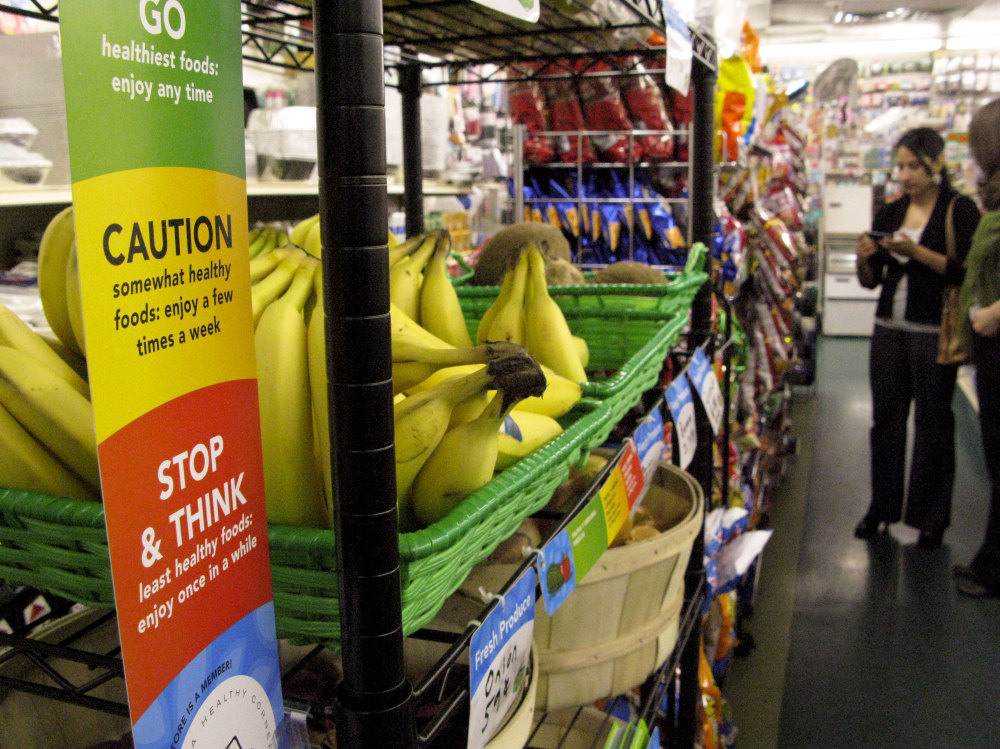How To Fix Food Deserts
Food deserts are low-income places with few large grocery stores and supermarkets, and they’ve been the focus of activists and the federal government in the fight to correct food disparities. But simply building more supermarkets doesn’t mean people will eat better.
NPR reports on the lessons learned by activists in some low-income Philadelphia neighborhoods, as they’ve started helping hundreds of small corner stores stock their shelves with fresh and healthy foods. Displays include recipe and nutrition information.
A similar, but smaller, effort is underway in the District through D.C. Central Kitchen, and it’s partially funded by the city. Twenty-nine stores in Wards 4, 5, 7 and 8 participate in the program.



